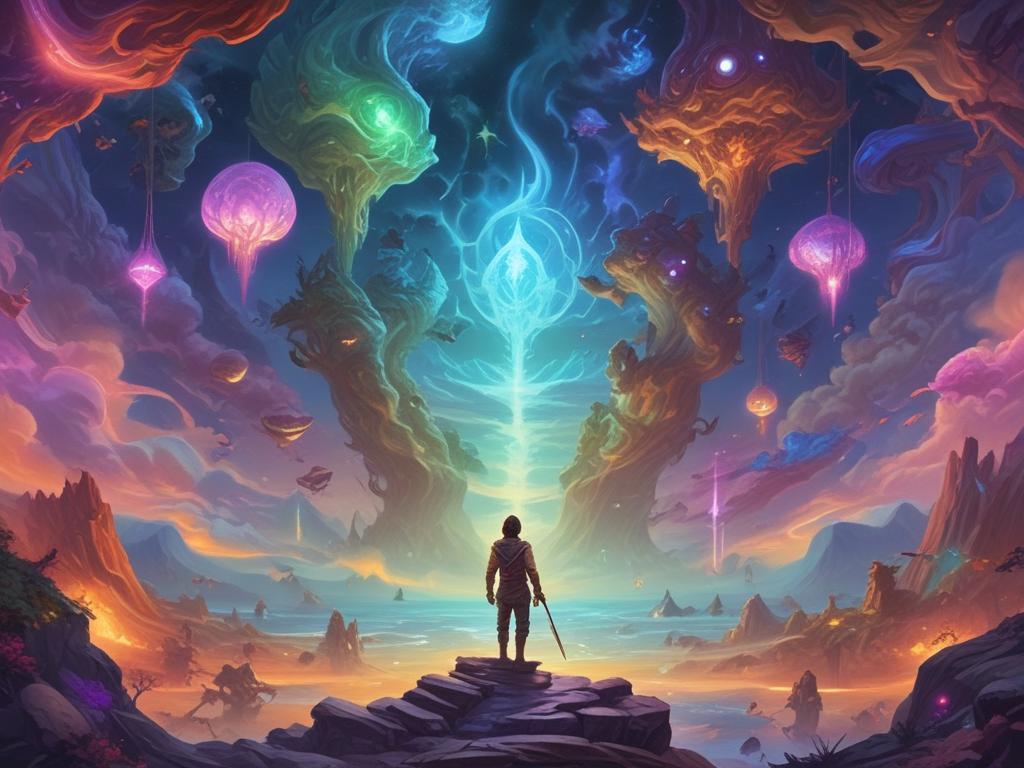Carl Gustav Jung, a Swiss psychiatrist and psychoanalyst who founded analytical psychology, is known for his revolutionary ideas about the human psyche, dream analysis, and the collective unconscious. Among the most fascinating aspects of his work is his relationship with an entity named Philemon, which significantly influenced his theories and writings. This article delves into the brief history of Carl Jung and Philemon, exploring how this relationship shaped Jung’s thoughts and contributed to the development of analytical psychology.
In the early 20th century, Jung embarked on a deep exploration of his own unconscious, a journey that led him to confront figures and elements that lay beyond his conscious understanding. This period of intense self-exploration followed his break with Sigmund Freud, with whom he had a close but ultimately tumultuous relationship. Freud’s focus on the sexual basis of neuroses diverged from Jung’s broader interest in the layers of the human psyche, leading Jung towards the exploration of what he would later term the collective unconscious.
The Emergence of Philemon
It was during this period of introspection and exploration that Philemon emerged. Described by Jung as an ancient figure with kingfisher wings and the wisdom of the ages, Philemon appeared in Jung’s visions and dreams, starting around 1913. Unlike other figures Jung encountered in his explorations, Philemon represented something entirely different: an autonomous entity that possessed profound knowledge and insight. Jung perceived Philemon not just as a part of his psyche but as a separate being who communicated with him, offering guidance and wisdom.
Philemon’s Influence
Philemon had a profound impact on Jung’s development of key concepts in analytical psychology. Through their conversations, Philemon introduced Jung to the idea of the collective unconscious—a shared repository of experiences and memories inherited from our ancestors. Philemon’s teachings also touched on the concepts of archetypes, universal symbols and themes that reside in the collective unconscious, influencing the individual psyche and manifesting in dreams, fantasies, and mythologies across cultures.
The Red Book
Jung’s encounters with Philemon and his journeys into the unconscious were meticulously recorded in what would later become known as “The Red Book” or “Liber Novus.” This personal journal, filled with vivid illustrations and writings, was Jung’s attempt to document his inner experiences and the lessons he learned from Philemon and other figures. For decades, “The Red Book” remained unpublished, seen only by a handful of individuals. It was finally made public in 2009, offering scholars and enthusiasts a profound insight into Jung’s inner world and the genesis of his theories.
A Special Mentor
The relationship between Jung and Philemon highlights the complex nature of the human psyche and the potential for individuals to engage with the unconscious in meaningful ways. For Jung, Philemon was more than a figment of his imagination; he was a guide and mentor, embodying the wisdom of the ages and the collective unconscious. This relationship underscores the importance of the symbolic and the spiritual in Jung’s work, emphasizing the depth and richness of the inner life.
Conclusion
Carl Jung’s encounters with Philemon provide a fascinating glimpse into the mind of one of the 20th century’s most influential thinkers. This relationship not only shaped Jung’s development of analytical psychology but also offers a testament to the power of the unconscious and the potential for profound wisdom to emerge from the depths of the psyche.




